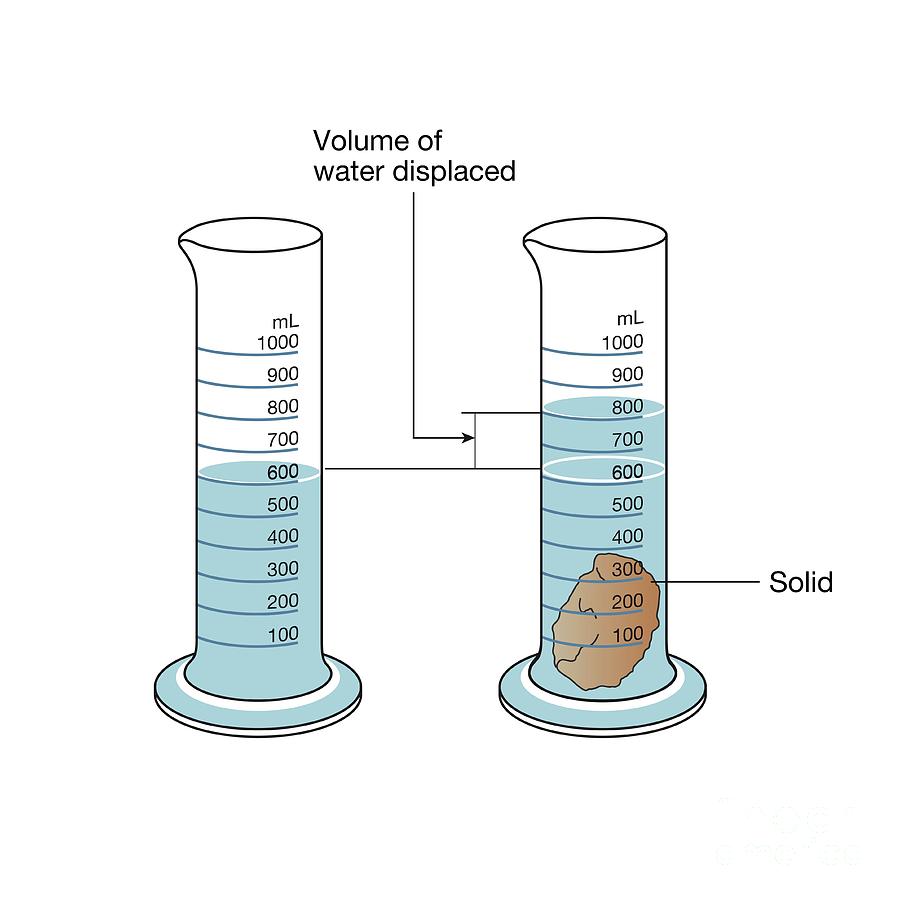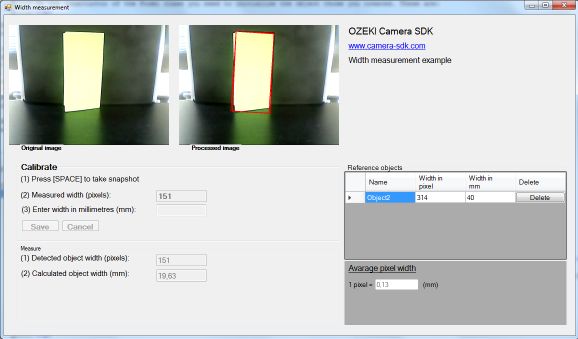

TIP: Having a separate output folder for your processed images is highly recommended, so that original data is not accidentally overwritten (see example below). This mask size reduction would be useful to remove lighting artifacts near the edge of the well caused by the growth medium.ġ1) Mask Images Module – Finally, the mask is applied back to the input image after it was been converted to gray before it is saved in the next step.ġ2) Save Images Module – The final module will save the masked images to the default output folder.
#Cellprofiler measure object size shape how to
TIP: (make tip here for how to check intensity values using CP)ġ0) Expand or Shrink Objects Module – Once the well is identified so that the halo can be removed, the pixels that are retained can be reduced in size to further remove artifacts the amount is determined in this module by defining the “number of pixels by which to expand or shrink” the mask that is defined in the previous module. Changing the lower bound threshold intensity to a higher cutoff (e.g., from 0.8 to 0.9) will make the well identification more narrow. Recall that in step 7 (image math module) we inverted the intensity values of the well, and therefore the well itself is now the brightest region of the image, with the well halo now being darker. TIP: with CellProfiler open, navigate to file > view image, load a sample image you intend to process, then in the menu bar navigate to Tools > Measure Length, then click and drag from one edge of the well to the opposite side, and at the bottom of the window, the measured value will be displayed (see below)ĩB) Lower and upper bounds of the threshold will be used to determine the object of interest. This is the module that will require the most adjustment to define the characteristics of the ROI.ĩA) The diameter of the well as defined by a minimum and maximum value range that are expected in pixels.

A relatively high number for the artifact diameter (10 pixels) is used to soft the image to reduce errors due to variance in the input imagesĩ) Identify Primary Objects Module – this module will be treating the well as it were a single object to identify.


Note, the input image name is the same name that is assigned to our group from the “names and types” moduleħ) Image Math Module – this module will transform the input image into an inverse of its grayscale values, the inverted values will be used in a later module to identify the well imagesĨ) Smooth Module – the image from the previous module (Image Math) is smoothed to remove random noise before attempting to identify the well ROI in the next module. For this portion of the pipeline it is not being used but can be if you wish to only preprocess a subset of images from images uploaded in the previous step.ĥ) From the “names and types” step, you will use the extracted metadata from the previous step (if used) to determine which images are to be analyzedĥA) Since all images will be processed, we will assign the name for this image set to all imagesĥB) This pipeline is designed to process 2D images, so we are selecting “no” for processing images as 3DĥC) The images have an artificial color applied, and the pipeline will covert back to greyscale in the first processing stepĥD) The name assigned will be used through the rest of the pipeline, TIA refers to the experimental acronym used in Hines LabĥE) The intensity of the images will be extracted from the image metadata, and scaled to a 0 (black) to 1 (white) scale, which will be used later in the pipeline to identify the well halo versus the region of interest (ROI)Ħ) Color to gray module – this module converts color images into grayscale if images are already grayscale, this module can be skipped. This space will be used in the following steps and sections to process through the images.Ģ) Open “preprocessing – cropping pipeline.cppipe”ģ) From the “images” section, drop your images that are to be analyzed into the drop spaceĤ) From the “metadata” step, establish the criteria by which images are selected for analysis. It is best to create a space for analysis, and make a copy of your images in this area so that the original images are preserved. Step 1: Cell Profiler Preprocessing Pipeline – Automated Image Cropping Steps:ġ) Establish a central analysis area for where your images will be processed through thee pipeline. A High-Throughput Imaging and Quantification Pipeline for the Evos Imaging Platform.” PLoS One, vol.


 0 kommentar(er)
0 kommentar(er)
